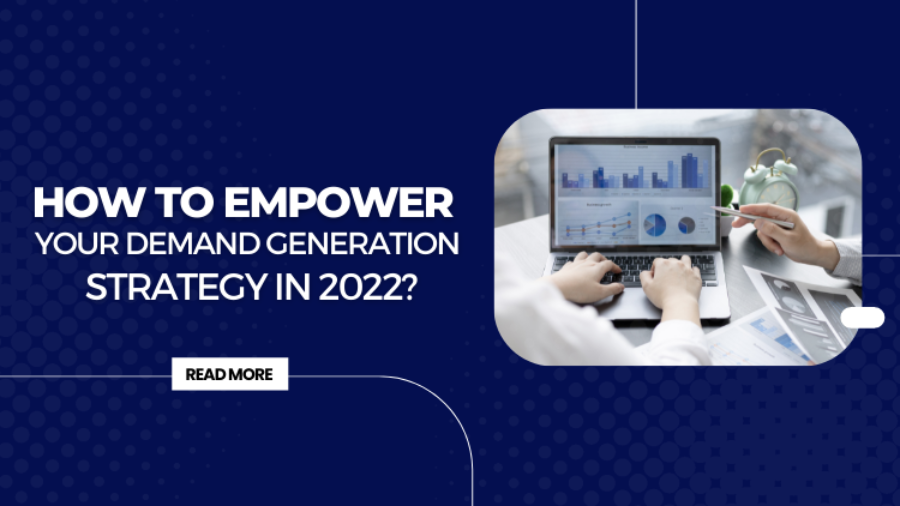B2B marketers always have to sweat it out to get those leads and then convert those leads into paying customers. If you are a B2B marketer and you want to stop this endless game of chasing leads and instead start attracting leads with better results then you must shift your focus on demand generation.
Existing accounts are important for marketers; however, creating more brand awareness and focusing on attracting new leads through demand generation also means more conversions and thus more revenue.
Demand generation being a dynamic and complex marketing activity, one definitely needs a robust strategy that can create sustainable revenue growth.
This blog throws light on how you can make your demand generation strategy strong so that it can bring you the desired results.
Focus on ABM
Don’t forget that ABM or account based marketing is an important element of your demand generation strategy. ABM is already redefining b2b marketing. Targeting accounts that have high potential of generating revenue should be prioritised by marketers. After identifying these accounts, one should then focus on enhancing these accounts by providing them with more content assets and also provide services that can help them resolve their business challenges.
Align sales and marketing
One of the most critical aspects of your demand generation activities and in fact your entire b2b sales and marketing dynamic is the alignment between sales and marketing teams. This has become vital for success in b2b today. If you want to work on your demand generation strategy to make it strong, sustainable and workable the first thing you must address is the alignment between sales and marketing team.
Both the teams need to be on the same page and need to define what good leads are. More collaboration between sales and marketing teams can help marketers to achieve their goals quickly. This can help marketers to streamline demand generation activities too for better business outcomes.
Create relevant content assets
Gone are the days when generic content worked for all stages of the sales funnel. Today with customers being more aware of what they need and where to get it from, they also expect to receive insights that can add value and align with their objectives.
Creating content assets that are in-line with the customers’ requirements and their preferences can most likely attract and delight your customers. This in turn will help you in the demand generation. Content and content assets play an important role in strengthening your demand generation strategy and without the right and relevant content you won’t be able to pull off a successful demand gen plan.
Conclusion-
Instead of chasing leads, its time b2b marketers focus on generating demand and attracting more leads that convert. This will help them convert leads quickly, build strong relationships and grow revenue.
If you are looking at ways to enhance your demand generation activity or are looking for hyper-targeted leads that convert quickly, email us at contact@intellitechsoln.com




